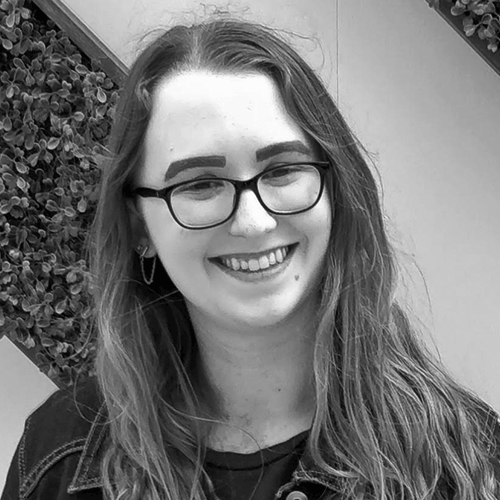
Caitlin Stanton
Girls Who Code
Four years ago, I was a high school junior with little direction. I excelled in school and my family had the general expectation that I would make something of myself, but I was never quite sure what I wanted to be. My parents are not traditionally technical in any capacity—my mother is a teacher and my father analyzes pensions for city workers—but they knew that coding was a valuable skill and had me join Girls Who Code (GWC).
A valuable skill
During the program, I worked in Python to control a small robot. The task was simple: give the robot a pen and program it to draw any n-sided symmetrical shape. It was then that I saw how the lines I was typing on my computer could make an impact on the world around me. It was the first time I had absolute control over an outcome. I was the one in charge of making the robot turn right or pick up the pen—I was the one responsible for completing the task correctly.
Seven weeks later, the program was over. I graduated from GWC with a network of fellow women in technology I can always count on to listen to my coding struggles, or attend a hackathon with. The program helped me develop skills using fundamental coding concepts and taught me to work with several different languages and technologies, giving me the background to thrive as a college student and intern. I became more confident in my ability to work with new people. I grew from a curious, yet directionless, high schooler, into a young woman with a newfound passion for technology.
Finding a path
Now, I’m affectionately known by my friends as “Coder Caitlin”. I have interned for companies like Qualcomm and AOL and cofounded two separate hackathon planning groups. Girls Who Code was the perfect launchpad for my involvements in technology. Both the technical and non-technical skills I learned pushed me to pursue a degree in electrical and computer engineering, and widened my understanding of what it means to be an engineer.
The U.S. Bureau of Labor Statistics predicts that in 2020 there will be 1.4 million more software development jobs than applicants who can fill them. Now more than ever I hope other girls find a path through technology, like I did, and use it to help shape the world around them.

